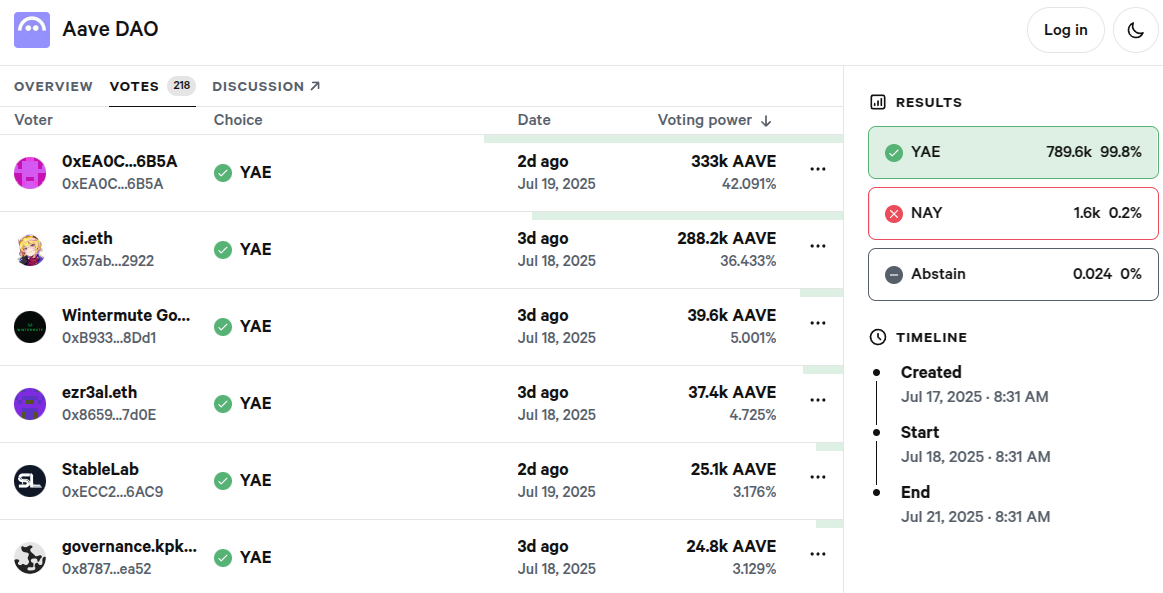
Aave‘s Institutional Leap: Centralized Lending on Kraken‘s Ink
The decentralized finance (DeFi) landscape is witnessing an intriguing development as the Aave protocol inches closer to launching a centralized lending service, specifically tailored for the Kraken exchange’s Ink blockchain. This move, currently progressing through its governance phases, represents a potential pivot towards the institutional market and a calculated effort to diversify Aave’s revenue streams. The initial approval came through an Aave Request for Comment (ARFC), with overwhelming support from the community, paving the way for a more formal on-chain vote via an Aave Improvement Proposal (AIP).
Ink Blockchain: A Compliant Gateway
Kraken‘s Ink blockchain, unveiled in late 2024, is designed as a compliant Layer-2 solution, catering specifically to tokenized assets and institutional DeFi applications. The collaboration with Aave is strategic, allowing the lending protocol to tap into a potentially lucrative market segment. This integration also aligns with a growing trend of traditional finance (TradFi) entities exploring on-chain solutions, driven by the pursuit of efficiency and the exploration of new avenues in finance.
The Mechanics of the Partnership
The proposal details a whitelabel version of Aave v3 deployed for the Ink Foundation, the organization behind the Ink blockchain. This approach allows Aave to leverage its existing codebase while expanding its reach. As per the ARFC, the Aave DAO would receive a share of the revenue. The Ink Foundation has committed substantial incentives to kickstart the project, including liquidity mining programs aimed at attracting a significant inflow of assets onto the platform, which could exceed $250 million in the initial stages.

Implications and Future Prospects
This partnership highlights Aave‘s ambition to solidify its position within the institutional lending sector. With the backing of the Ink Foundation and its planned incentive programs, the project has the potential to attract institutional capital and increase overall utilization. However, the success of the project will hinge on several factors. The project must attract institutional investors who are comfortable operating on the Ink blockchain and Aave‘s centralized system, and also address the existing concerns associated with centralized lending. The move comes at a time when Aave‘s TVL, while still substantial, has seen a dip from its peak. It will be fascinating to observe how this partnership impacts Aave‘s ecosystem in the long run.
Looking Ahead
The progression of this proposal marks an important moment in DeFi‘s evolution. As Aave ventures into the institutional space, the industry as a whole will be watching closely, analyzing the successes and challenges. This could potentially signal a larger trend of merging DeFi and TradFi worlds, opening up new possibilities and redefining the future of lending in the process.



